emergency communications
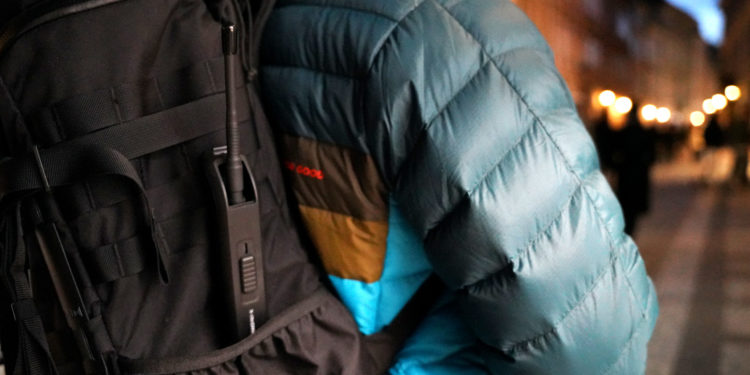
How mobile mesh helps Big Bison Logistics keep people safe
Ensuring that executives, celebrities, dignitaries, and other notable individuals get where they need to go and do so safely is a complicated task with many moving parts. It’s not like the CEO of a hot tech startup, a high-profile entertainer, or a government leader can simply call an Uber and
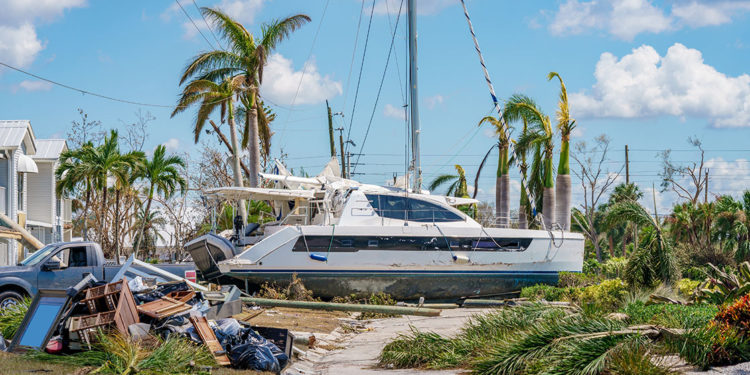
The top five articles of 2022 illustrate a year of change across the public sector
As the calendar year comes to a close, it’s only natural to look back and discuss some of the major trends and stories that defined and shaped our experiences over the previous twelve months. Reflecting back, it’s safe to say that 2022 was a year of transition and change in
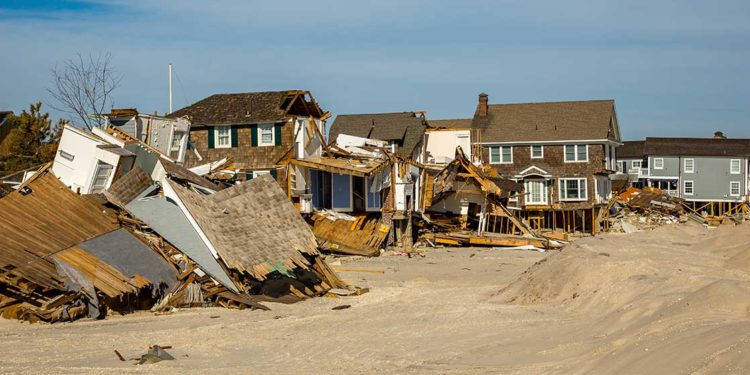
3 communications lessons from Hurricane Ian
In early October, in the wake of Hurricane Ian, Chris Teale, a staff reporter at Government Computer News (GCN), authored an article about the need for communications both during and before natural disasters. In his article, Chris referenced a report by the Federal Communications Commission to illustrate the hurricane’s impact
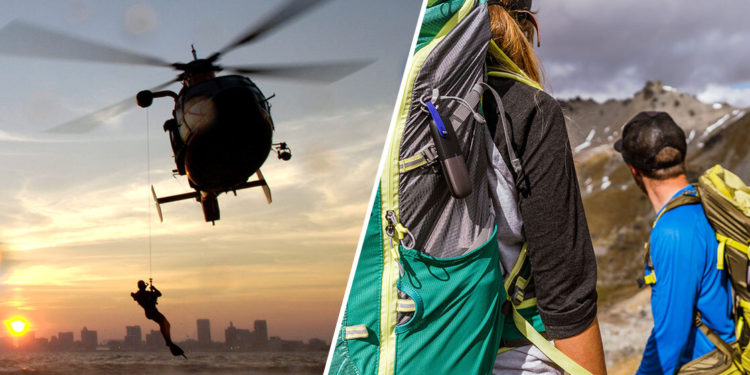
Infographic | What’s the difference between goTenna Mesh and goTenna Pro X?
goTenna Mesh is designed for your personal use during outdoor trips, international travel, emergency preparedness, festivals, and crowded events. Check the full tech specs for goTenna Mesh here. Meanwhile, goTenna Pro X is designed for professional teams who require a product that is more powerful, operational, and ruggedized than goTenna
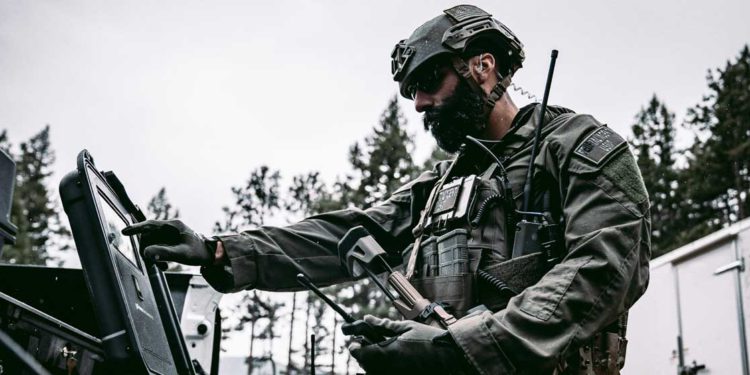
Hot Take: Where should goTenna Pro X fall within a PACE Plan?
As part of the Hot Takes series, we’ll be taking a highly debated topic and exploring the pros and cons of both sides. During each debate, you’ll hear from goTenna Pro experts who offer hands-on experience from working with customers and deploying goTenna Pro X devices in the field. Cast
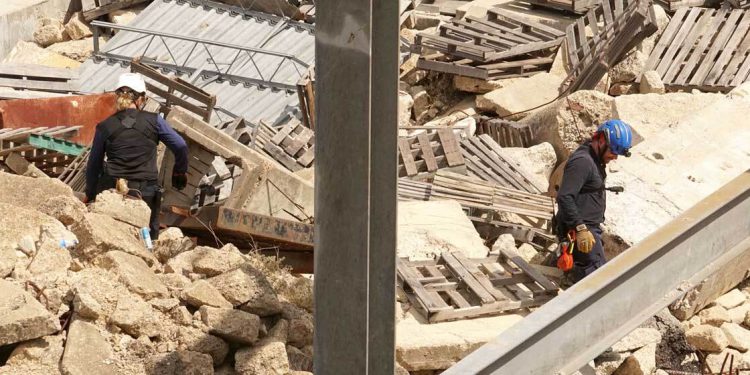
Video | Decentralizing emergency communications networks
When we look back at recent wildfires, earthquakes, and other disasters, we remember the critical loss of cell sites, RF towers, connectivity to 911 dispatch centers, broadcast stations, and public alerting systems. We know that our centralized communications infrastructure is never invincible. So, how do we avoid these communications challenges
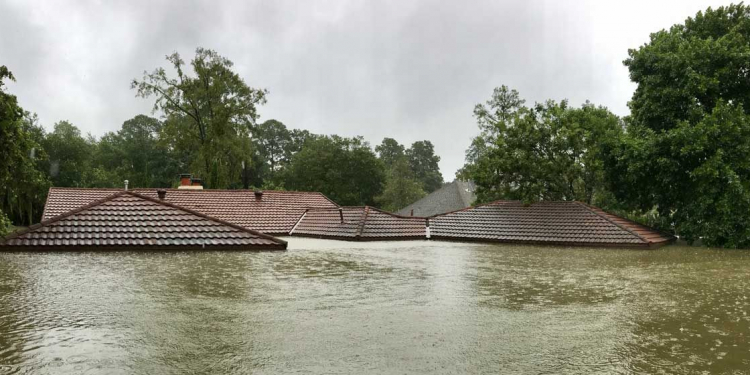
Podcast: Verizon, SES and goTenna on how COVID-19 and natural disasters present an unprecedented threat to emergency communications
The ongoing COVID-19 pandemic has put enormous strain on the economy, public safety, and the healthcare system. It’s also put a strain on cell networks. Remote workers have been flooding our information gateways en masse. Telehealth, virtual educational classes, and remote meetings on Zoom are all necessary, but also eat
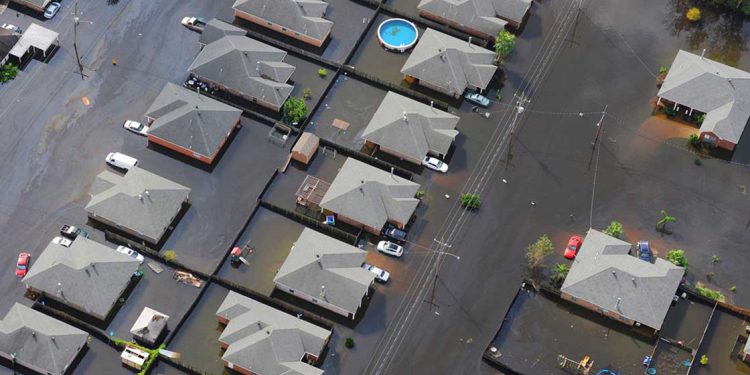
Whitepaper | Disaster response communications in the age of COVID-19
COVID-19 presents an immediate challenge to emergency management organizations responding to secondary disasters like hurricanes, floods, and wildfires. As ventilators, tests, and personal protective equipment flood our newsfeeds, we can’t forget the basic need underlying any disaster response: communications. With threats from cybersecurity to climate change, communications challenges were mounting
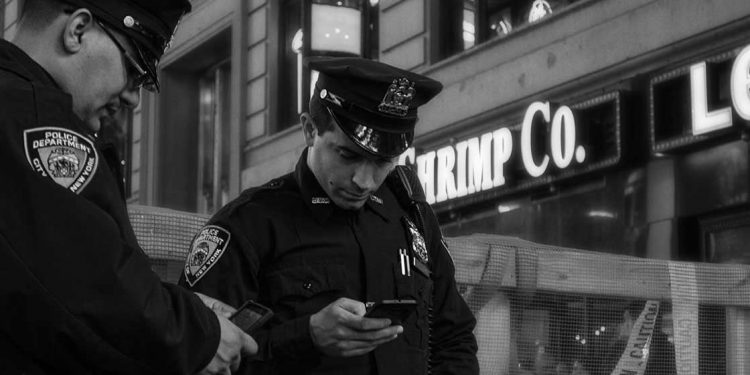
Four common objections to smartphone adoption, and how to address them
Public safety agencies and organizations across the globe are becoming increasingly smartphone-centric. In a recent webinar hosted by the International Public Safety Association, panelist Dale Stockton said, “When you consider the sheer utility and overall functionality, [smartphones] have become the tech equivalent of the proverbial Swiss Army knife.” It’s this



